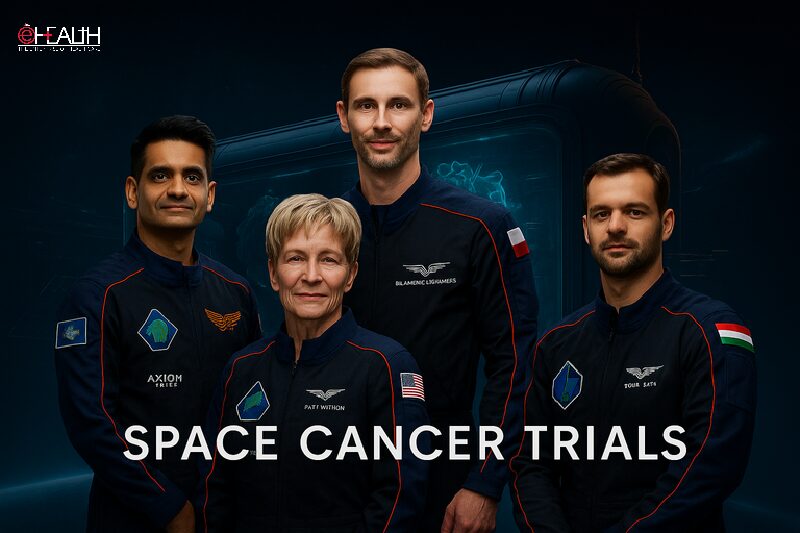Camera Pills Detect Disease

A scanning fibre endoscope can be fitted into a casing usually used for covering medicines, and is small enough to be swallowed. This device records 15 colour images per second with a resolution of more than 500 lines per inch.
Developed by a team at the University of Washington, it has been designed to take high-quality pictures in confined spaces. Such a device may help detect warning signs of oesophageal cancer, and that too, at a cheaper cost.
The oesophagus is the section of the digestive tract that moves food from the throat down to the stomach. Oesophageal cancer often follows a condition called Barrett's oesophagus, a noticeable change in the oesophageal lining, which is treatable.
However, due to huge costs, people get dissuaded to go for internal scanning, and they often end up developing oesophageal cancer. Unlike traditional approaches, the new endoscope has been designed in such a way that it would not require sedating patients during the scan. It consists of just a single optical fibre for illumination and six fibres for collecting light, all encased in a pill. 
Cisco's 'HealthPresence Pod' pilot tested in Scottish hospital

A new invention, known as 'HealthPresence Pod', developed by the leading American technology company Cisco, is being assessed in a series of world-first patient trials at Aberdeen Royal Infirmary in partnership with the Scottish Centre for Telehealth and NHS Scotland. Using the 'Pod', doctors will be able to examine and diagnose the conditions of patients living hundreds of miles away – monitoring a patient's heartbeat, their temperature, blood pressure, and carrying out a number of detailed medical examinations without having to leave their clinics.
Eventually it is hoped that the virtual-reality surgeries could be housed in dedicated booths available for use by the public in community hospitals, community centres, and even supermarkets – improving the triage assessments currently being made by the out-of-hours NHS 24 service.
Currently the system is being tested in a small room within the accident and emergency centre at the Royal Infirmary with the “virtual-reality” doctor in a separate room only a few yards away.
The first fully fitted booth is expected to go on trial at a more remote location later this year – probably within a dedicated medical facility in Aberdeen – but eventually it is hoped that hundreds of virtual-reality GP surgery pods could be used to cover the country.
New medical imager detects ultra small breast tumors

A new medical imager with the potential to spot ultra small breast tumors has been developed by the research teams of the West Virginia University School of Medicine and the Maryland School of Medicine. The imager is adept at not only detecting tumors but also in guiding the biopsy of suspicious-looking breast cancer lesions.
This medical imager provides image resolution below two millimetres while in a regular PET, the image resolution is over five millimetres. Also, the initial tests showed that

Be a part of Elets Collaborative Initiatives. Join Us for Upcoming Events and explore business opportunities. Like us on Facebook , connect with us on LinkedIn and follow us on Twitter , Instagram.
"Exciting news! Elets technomedia is now on WhatsApp Channels Subscribe today by clicking the link and stay updated with the latest insights!" Click here!
















